DIY miracle oven for a garage in a diesel fuel: step-by-step instructions for the construction
The need for heating in the garage rarely causes controversy: motorists understand how important it is to take care of the condition of the car, and they themselves do not want to freeze during inspections and repair of equipment.
The main issue that needs to be addressed is the selection of the appropriate type of heating. A good option is a miracle furnace in diesel fuel - the unit is easy to assemble and economical to operate. And these are important criteria for organizing garage heating.
Before deciding to assemble the stove, you need to understand its structure and principle of operation, agree? In the article we set out the indicated points in detail, and also gave several options for assembling a home-made unit. Step-by-step instructions will help to build a stove and organize effective garage heating.
The content of the article:
What should be the heating in the garage?
For many motorists, a garage is almost the second home. Here they delve into their hobbies, relax from the hustle and bustle of the car. Therefore, first of all, you should think about the comfort of the person who is in the room for hours.
Heating is also necessary for the machine, as low temperatures negatively affect its technical condition and significantly reduce its service life.
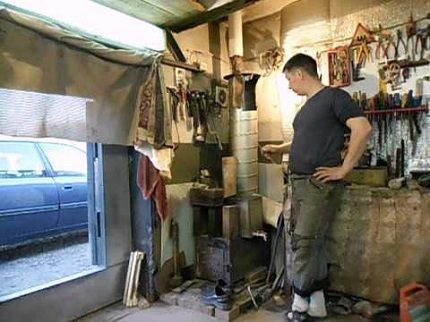
To keep the garage dry, you should take care of good waterproofing and ensure normal operation ventilation system. However, moisture still gets into the room on the wheels of the car. It evaporates, and drops of water settle on the surfaces.
If there is no heating, moisture accumulates, due to which fungus, mold, and rust appear. To prevent this from happening, heating is necessary.
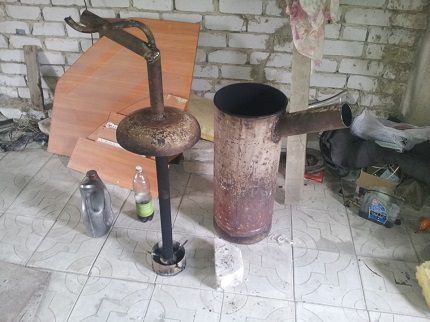
Features of the operation of the garage determine the requirements for heating systems:
- Efficiency. The oven must quickly warm the air and maintain the desired temperature for several hours.
- Easy operation. Coming to the garage, its owner must spend a minimum of time and effort on heating the room.
- Ease of maintenance. The furnace needs to be inspected, cleaned, and repaired in a timely manner, so its design should be simple and straightforward, and the parts easily replaceable.
- Energy source availability. At choosing a heating system availability of fuel is of fundamental importance. For a garage, a furnace in diesel fuel, diesel fuel or used oil is well suited.
- Safety. In the garage there is always some amount of combustible substances. Since often these rooms serve as workshops and sheds, there are often flammable materials here. Therefore, heating must comply with all fire safety standards.
- Cheapness. The costs of servicing a car and arranging a garage are already high, so saving on heating without compromising on its quality is an urgent issue.
Choosing a suitable heater, you should prioritize, because the ideal is unattainable. The easiest to operate are electric heaters. This energy source is available in almost any location.
However, the cost of heating with electricity is too high, so consider other options.
A miracle oven is a great option. Such heating is cheap, and fuel (diesel fuel, kerosene or diesel fuel) is affordable and affordable.
There is a huge plus in assembling a diesel fuel furnace yourself: you choose the design yourself and make a model that is ideal for specific operating conditions. You do not have to adapt the heating device or adapt to the features of its operation.
How the miracle stove works and works
A factory or home-made furnace for a working garage or diesel fuel is multifunctional. It is suitable as the main, additional or alternative source of heat if the heating system is already installed in the room.
If necessary, the device can also be used as a hob: food is quickly heated on the stove, the kettle boils.
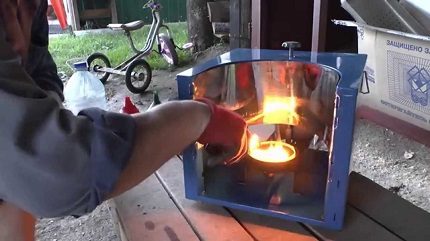
Miracle furnaces work not only on diesel fuel, but also on other types of liquid fuel, with kerosene being the best option. However, in most cases, motorists use diesel fuel precisely, because it is inexpensive. The power of the stove is 1.8-5 W - the indicator depends on the design and build quality of the model.

The miracle stove consists of a fuel tank (it is usually made removable) with a valve, a replaceable unit with a wick, an adjustment screw, a reflector and a burner. All these nodes are placed in a common housing, which can be made from a barrel, sheets of heat-resistant steel or a used gas cylinder.

The burner is placed in the center of the structure. It receives fuel from the tank, which is located at the rear wall of the housing. To achieve the desired temperature, use the adjusting screw. An important detail is the reflector. It is he who provides fast and high-quality heating of the room.
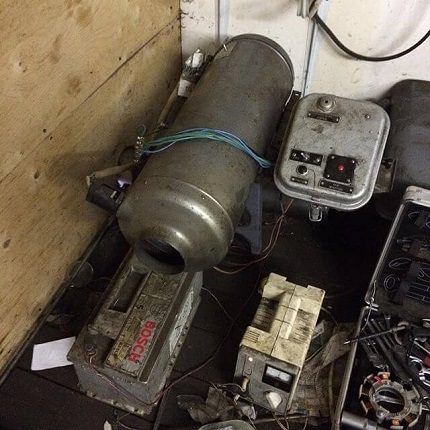
When choosing a design, it is better to stay on a compact model weighing 10-20 kg. Such a stove will not be difficult to rearrange, carry and transport without assistance.
Homemade assembly
If you wish, you can find a suitable model in the store or buy on the Internet, but if you have several hours of time, the desire to save and get a useful thing from old unnecessary parts, then you should make a stove with your own hands. Consider popular designs.
Option 1: stove from an old gas cylinder
If there is a 50-liter used gas bottle, then half of the design is already ready. The main thing is that the thickness of its walls does not exceed 1.5 mm. Now need to find chimney pipe. A segment with a diameter of 10 cm is suitable. Its length should be at least 4 m. The desired metal wall thickness is 2 mm.
The fuel tank can be made from a tank. The optimal volume is not more than 15 liters and not less than 8. The remaining parts can be purchased at the store. It will require steel corners of 20 cm (future legs) and a copper burner. Of the tools - a grinder, a drill, a welding machine, as well as a tape measure and level.
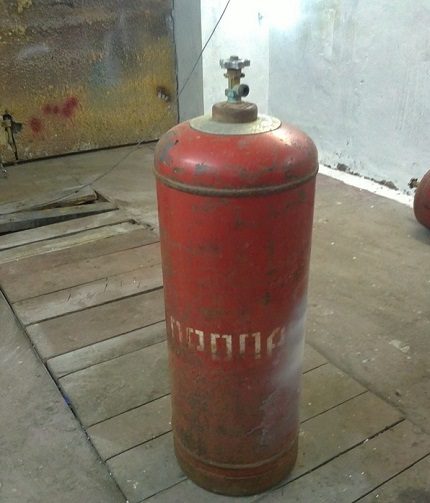
The gas cylinder is freed from condensate and rinsed from the odorant. Now you need to cut off the upper part with the valve. To make it more convenient, you can fill the tank with water and bury its earth. After the cut, water will appear. You should wait until it completely drains, and then finish the job.
The lower part of the container is used as a camera (stable legs from steel corners are welded to it), and the upper one will serve as the cover of the structure. To adjust the fuel supply, a special valve is mounted.
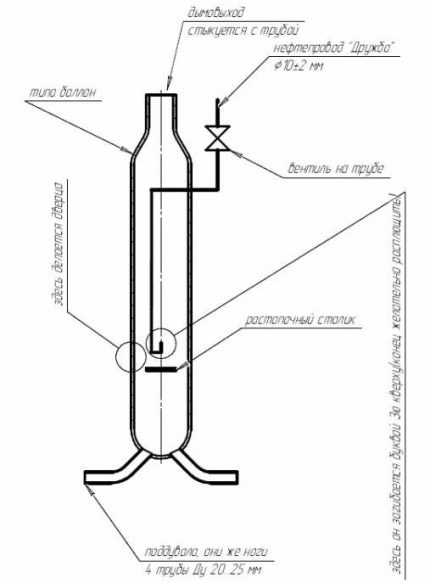
After assembling and installing the stove, you will need to mount the chimney. It should be strictly vertical. This point must be taken into account when choosing a place for installing the stove: it should be placed only where the chimney can be mounted without bends and inclinations.
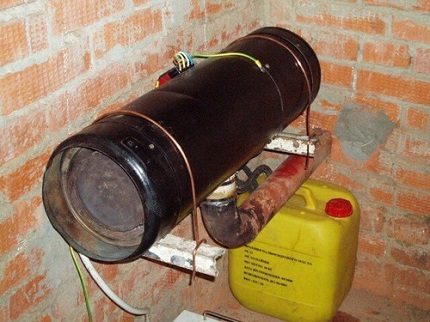
If in most models of home-made stoves you can use almost any liquid fuel, then this design should be handled with care. It can work only in diesel fuel or refined waste oil without impurities of water and alcohol. Gasoline and kerosene cannot be used.
Option 2: sheet steel housing
Instead of a gas cylinder, heat-resistant steel with a thickness of 4 and 6 mm can be used to make the furnace body. The only caveat: you have to buy or rent a bending machine. Other materials and tools are available. Some can be found at home, and the missing parts can be bought.
It will be required:
- steel corners for the manufacture of legs;
- pipe for the burner;
- 4-meter pipe for a chimney with a diameter of 100 mm;
- measuring instruments;
- Bulgarian;
- welding machine;
- hammer;
- level.
The finished stove will turn out compact (70 * 50 * 35 cm) and relatively light (about 27 kg). The design will be stable, efficient, easy to operate. If desired, it can be connected to water heating.
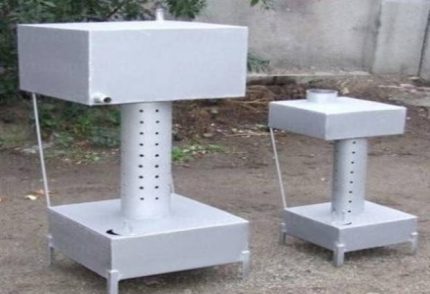
The bottom of the firebox and the lid of the tank are made of a sheet of thicker steel (6 mm), and a steel sheet with a thickness of 4 mm will be used to manufacture the tank itself. Details are cut out according to the scheme, welded, and the seams are treated with a file.
To make a tank tube for diesel fuel, you need to cut a strip of metal 4 mm thick and 115 mm wide, bend it into a ring and weld to the tank. The pipe will turn out with a diameter of about 34-34.5 cm. For it, you will need to make a cover. It is cut from a sheet 6 mm thick and welded to the pipe. After this, legs are made.
The fuel tank is made of 6 mm steel. A round piece with a diameter of 35.2 cm and a strip are cut from it. The width of such a strip should be 6 mm. A hole for the chimney is prepared in the center of the circle (the diameter depends on the selected pipe, the optimal one is 10 mm).
Another hole is needed to fill the oil. It should be smaller (diameter 5-6 cm) and be located at a distance of 4 cm from the opening of the chimney.
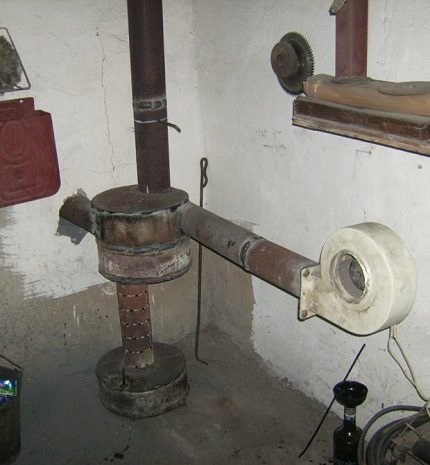
A circle of 35.2 cm is cut out from the thicker steel for the lower part of the container. A round hole for a nozzle with a diameter of 10 cm is prepared in it. The arrangement is calculated so that between the center of the part itself and the center of the hole is 11 cm.
A rectangular partition of 7 * 33 cm is cut out of thick steel and welded onto a circle, shifting closer to the nozzle. The exhaust pipe itself is made of a 13-centimeter section of the chimney.
To make a burner, 48 9 mm holes are drilled in a pipe at a distance of 6 cm from each other. You should get 6 rows, each of which has 8 holes.
The burner is tightly and evenly installed (but not welded) in the fuel tank cap, correcting the design with a file. A 16-centimeter pipe is inserted into the fuel tank, and the upper and lower parts of the stove are connected without welding.
For sealing, a ring with a diameter of 35.4 cm is used. The design is completely assembled and a slide plate is installed.
Option 3: drip type design
You will need a regular rubber heating pad with a hose (volume 2 l). A copper pipe 1-1.5 m long is connected to the rubber hose - it will need to be bent in the form of the letter “G”.
After that, the rubber hose should be bent in half and fixed with a screw clamp.The heating pad itself is hung on the wall and fuel is poured into it, and the intensity of its supply is regulated by a screw.

Wicks are made from rags: they are formed using a flexible metal wire, wrapped in rags and impregnated with diesel fuel. The ideal option is to find an old mattress and chop it in the form of fuel briquettes 20 * 10 * 4 cm.
Soaked in diesel fuel, they will burn perfectly. If the stove is large, then under the wicks it will be necessary to lay a brick.

The stove itself can be any. You can make it from part of an old barrel. The main thing is to attach a door and a pipe to it. Do not care too much about the tightness of the door. If air enters through the cracks, you will not have to make a blow.
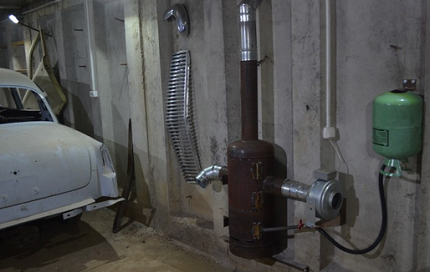
For fuel, a hole is made in which a copper tube coming from the heating pad is inserted. If this hole is drilled in the side of the barrel, then the stove will not only heat the garage, but also serve as a hob.
Rules for safe operation of the furnace
In order not to provoke a fire, it is necessary to choose the installation location of the furnace.
It should be guided by such rules:
- The design is placed where there are no drafts and away from light combustible objects that can accidentally be thrown into the furnace by a gust of wind.
- Around the stove should be free space - 0.5 m from all sides.
- Ideally, the structure should be placed on a sheet of asbestos, metal or other non-combustible material.
- Fuel, wicks, etc. Keep away from sources of fire.
In the garage, you need a fire extinguisher, and saving on it is life threatening. It is worth buying a reliable non-volatile automatic model.
The volume of the fire extinguisher for the garage is selected with a margin so that there is one and a half times more gas than is necessary to extinguish a fire in a room of such a cubature.
On our site there is a selection of articles describing the assembly technologies of different furnaces for the garage, we recommend that you read:
- Do-it-yourself garage oven: a step-by-step guide to design
- How to make a Buleryan oven with your own hands: step-by-step instructions on how to make
- Do-it-yourself gas stove from a gas cylinder: diagrams, drawings + step-by-step guide
Conclusions and useful video on the topic
We offer useful videos with which you will better understand the nuances of manufacturing a liquid fuel furnace.
The principle of operation of the miracle stove in diesel fuel:
Proper ignition and improvement option for an industrial diesel fuel furnace:
DIY video tutorial on making a drip type oven:
Video feedback on the operation of the handicraft stove:
The scope of the miracle furnace in diesel fuel is not limited to a garage. It is perfect for heating a greenhouse, country house and any other room where people do not live permanently, but are several hours in a row.
Liquid fuel consumption is approximately 300 g / h, and a more economical model is difficult to imagine. This is a good solution for those who are trying to rationally manage their money.
Do you have experience in making a diesel fuel stove? Or do you use such a unit to heat the garage? Please share information with our readers. Leave comments, attach photos of your homemade products and ask questions in the form below.

 DIY garage oven: an overview of the best homemade options
DIY garage oven: an overview of the best homemade options 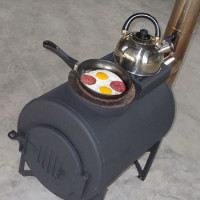 Do-it-yourself stove stove: a scheme of a home-made stove for a summer house and garage
Do-it-yourself stove stove: a scheme of a home-made stove for a summer house and garage 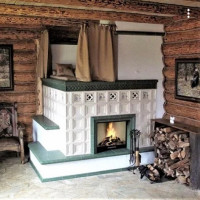 DIY do-it-yourself stoves: construction manuals with diagrams and procedures
DIY do-it-yourself stoves: construction manuals with diagrams and procedures 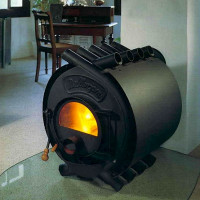 How to make a Buleryan oven with your own hands: step-by-step instructions on how to make
How to make a Buleryan oven with your own hands: step-by-step instructions on how to make 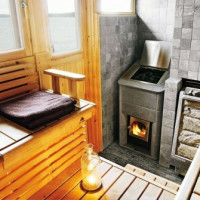 Do-it-yourself gas bath stove: manual for the installation and installation of a gas stove
Do-it-yourself gas bath stove: manual for the installation and installation of a gas stove 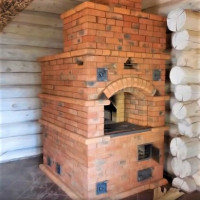 Do-it-yourself mini Russian stove: specifics and arrangements for the construction of a compact stove
Do-it-yourself mini Russian stove: specifics and arrangements for the construction of a compact stove  How much does it cost to connect gas to a private house: the price of organizing gas supply
How much does it cost to connect gas to a private house: the price of organizing gas supply  The best washing machines with dryer: model rating and customer tips
The best washing machines with dryer: model rating and customer tips  What is the color temperature of light and the nuances of choosing the temperature of the lamps to suit your needs
What is the color temperature of light and the nuances of choosing the temperature of the lamps to suit your needs  Replacement of a geyser in an apartment: replacement paperwork + basic norms and requirements
Replacement of a geyser in an apartment: replacement paperwork + basic norms and requirements
A great way to heat your garage. I did it myself, now you can work normally on the car even in the most severe weather. Also, it doesn’t draw moisture from the garage into the house, I just have a garage attached to the house. Interesting enough information. Still happy that this furnace is made for a penny and with your own hands. Of course, I am not a master, but to build this mechanism was not a difficult task for me.
Also recently thought about assembling a furnace for a garage. And in this case, it’s not even about saving, but in the process itself. I'm just really interested in trying to make a stove with my own hands. I want to assemble from steel sheets, since I have enough of this good. By the way, can someone tell me which fuel is better to use for a furnace, in a small room?
I agree, I have a similar motivation - try to assemble the stove yourself. As for fuel - it’s most efficient to heat with kerosene, it’s more reasonable for the price / quality - with diesel fuel.
In a small room, it will be important to use the furnace at workout for heating. To create such a small stove you will need:
- two pipes;
- 13 sheets of metal of the right size;
- a little metal for the legs of the stove;
- backup.
The process of creating such a small stove for mining is not complicated, the main thing here is to evenly cut a sheet of metal into plates of the right size (you need a plasma cutter) and weld them evenly (you need a welding inverter). For clarity, I am attaching a photo of the process of creating a furnace for development, it took a day for everything.